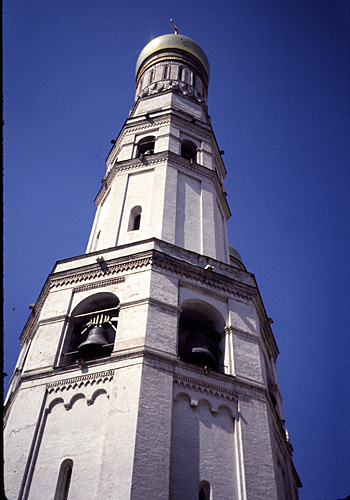![]()
In this course, you are required to complete a substantial web-based, digital history project, that has been approved by your instructor. Here are some ideas.
- Develop an online lecture that combines text, audio and visual materials. This requires research on your part and your own, original commentary. See, for example, my remarks on World War II for my Russian history course or my notes on Gilgamesh.
- Use Blogspot/Blogger or some other online or personal software, to build a content website, such as Steven F. Udvar-Házy or Pramoedya Ananta Toer, or a content-focused blog like Boston 1775. I have some software website tools (online and at home) listed on my HIS 112 website creation assignment page and also in our unit 5 notes.
- Create a stand-alone, content-focused website, such as, my Geography of Russia site. Have a look at some of the projects that were completed for National History Day. (This can also take the form of an online exhibit). See some instructions.
- Create a personal history archive (or some other kind of online digital archive) or a personal history. See, for example, Historians I have Known or personal world histories, which have been done by students. We can discuss some options about this.
- Develop some form of digital collection (could be newspaper articles; could be photos; could be scanned or photographed objects), such as, Charles M. Robinson Schools or John Philip Sousa, or a digital exhibit, such a Open-Air Shopping Centers on the Northern Virginia Digital History Archive site.
- A story map using your own original materials. Here is an example that I created about the churches in my home town in Pennsylvania.
- A Pinterest board using either your own original materials or images that you have found on the web. Here is an example that I created about the schools in my home town in Pennsylvania.
- A very substantial data visualization or timeline project (preference is for primary source material).
- a research project that I have on my list of things to do
- I am open to suggestions.
- Your project cannot be presented as a blog post; it must be a stand-alone site on the web. Check with me if you have questions.
- You should submit the URL for your complete project on Canvas.
These are some previous final projects that are available for your viewing.
- Map in Snapshots by Christine
- History, Knit Together by Sharon (website)
- Loudoun County Historic Cemeteries by Sue (Story map)
- The First Battle of Bull Run, Manassas, VA by Patrick (story map)
- The Digges Valley Farm Ruins (restricted) by Katie
- Leibniz by Jay
- Personal Journey: 1977 through the Present by Patricia
- Charles M. Robinson Schools, by Amy. See also her online exhibit, Retail Redevelopment: Documenting Two Open Air Shopping Centers.
- The Scientific Revolution by Amanda
- Vietnam War (1954-1975) by Mike
Have a look at some examples of timelines that I have in my notes.
Here are some examples of some larger digital projects.
The scope of your final project will determine the level of technology that you will need, i.e., your project will determine how complicated the software resources will have to be. Depending on your project, you may or may not need high-level design software, such as Dreamweaver or Photoshop, or you may be able to use other less-intimidating software or find a relevant online app.
